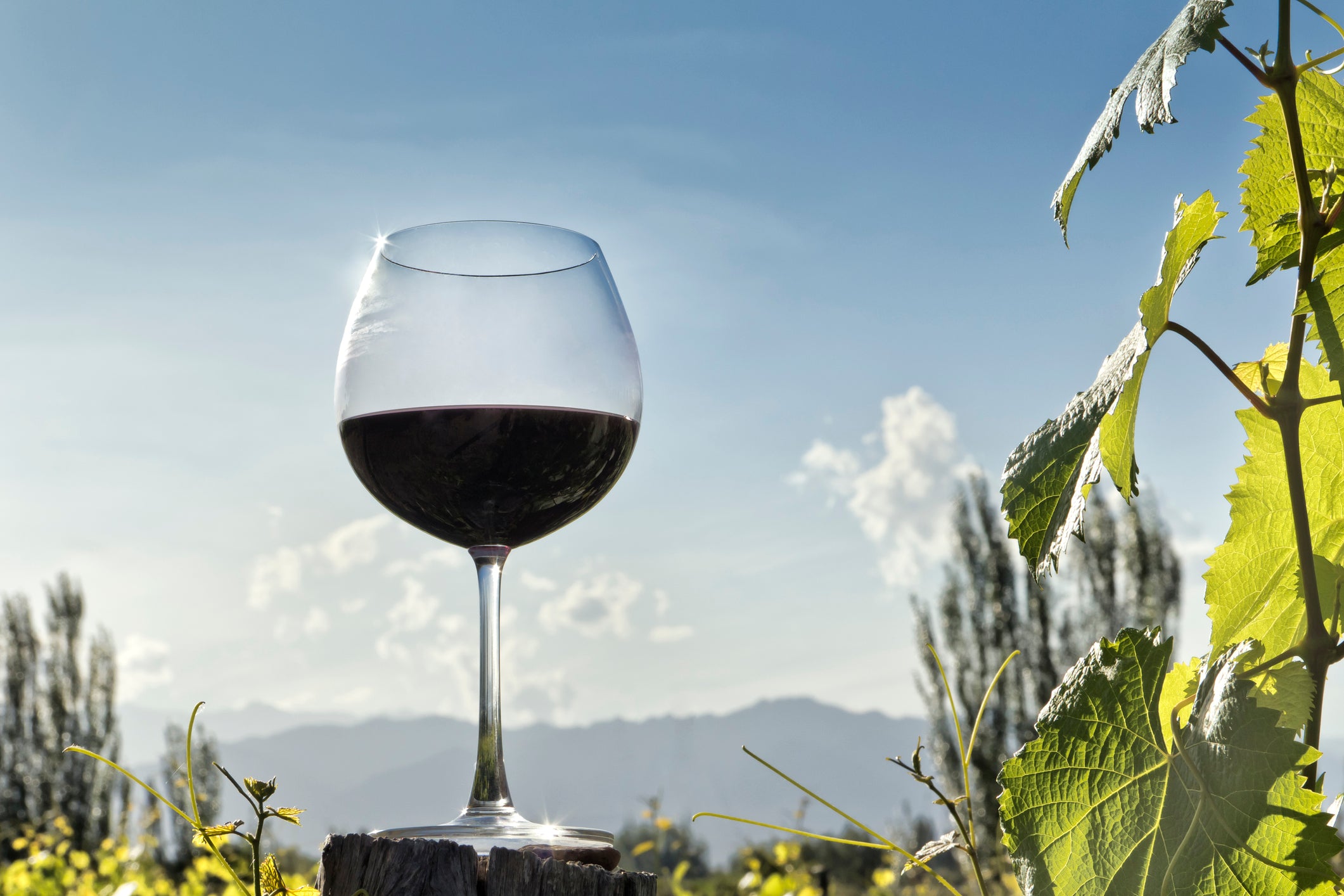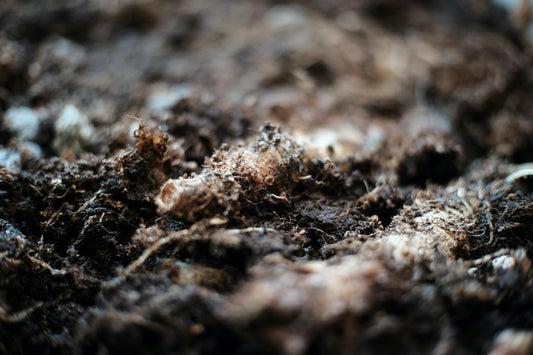| The differences between great Burgundy and great New World Pinot Noir and Chardonnay are becoming more and more difficult to spot. It’s high time we started taking the southern hemisphere more seriously, says Natasha Hughes MW |
|
You might think that the differences between Old and New World wines are so pronounced as to be impossible to miss if you’re tasting blind. But you’d be surprised at how difficult it is to distinguish between Chardonnays and Pinot Noirs from Burgundy’s Côte d’Or and wines made from the same grapes grown in cool-climate zones of the New World. I’ve been spending quite a bit of time recently invigilating mock practical exams for MW students. During the feedback sessions after each tasting, it’s abundantly clear that pinpointing the origin of these wines is one of the key challenges in blind tastings. This struggle isn’t a reflection on the calibre of candidates for the Master of Wine exams, nor is it a new one. I can remember experiencing some tough encounters with similar wines in the run-up to my own exams over a decade ago. (My favourite blind tasting tip is to look closely at the finish of the wine – there’s usually a brightness of fruit, a kind of ripe sweetness, present in the New World that is in contrast to the more savoury finish of the Old World wines.) Over the course of the intervening years it’s become, if anything, even easier to confuse Old World with New – particularly when it comes to these two grapes. The ease with which even the most experienced tasters can confound Old and New World is due in part to that familiar villain, climate change. The escalating frequency of hot, dry vintages across Europe has led to rising levels of ripeness in most, if not all the classic growing regions. Burgundy, whose charm for many lay in its ability to walk that tightrope between richness and delicacy, is now demonstrably capable of producing wines whose weight of fruit and generous alcohol levels rival those of much warmer regions. This is particularly noticeable in cuvées made from grapes grown in premier or grand cru vineyards, which are often better exposed to the sun than village-level vineyards – a benefit in an era when the region’s winemakers often had to add sugar (known as chaptalization), but a potential liability in an era where the challenge is to restrain sugar levels. It's also important to realize that New World producers are not striving to replicate Burgundian wines on their home turf. If anything, these winemakers have been demonstrating a growing confidence in their ability to interpret their home terroir on their own terms for many years now. Team this with surging demand for fresher, lighter styles, and the result has been wines of increasing elegance and sophistication. |
|
In fact, this is a good time for smart buyers to broaden their wish list when buying fine wines made from Chardonnay and Pinot. The argument becomes even more compelling when you factor in the spiralling prices of Burgundian wines – a result of dramatically depleted yields in recent years, the artefact of a series of vintages marked by unseasonal frosts and devastating hailstorms. That’s not to say that Burgundy’s wines are a busted flush – far from it – there will always be a place in my heart (and in all smart cellars) for the wines of the Côte d’Or, but maybe the time has come to recognize that other equally sophisticated options are available. For example, you might expect to pay upwards of £50 for a village-level Pinot Noir from a recent vintage in the Côte d’Or, and at least £85 for a good premier cru. Looking to the New World, a wine like Bodega Chacra’s Barda Pinot Noir from Patagonia in Argentina is less than £30; in the US, Domaine Drouhin Oregon’s Roserock Zephirine, USA is less than £50 a bottle. When it comes to Chardonnay, the story is the same: excellent, age-worthy wines – while by no means cheap – are still lighter on the wallet than their counterparts in Burgundy. You might search Richard Kershaw’s Clonal Selection Chardonnay from Elgin in South Africa, for example, at less than £40, the excellent Kumeu River Hunting Hill from New Zealand, or Tolpuddle’s Chardonnay from Tasmania, one of the most exciting cool-climate regions right now. This last is £65 a bottle and it’s a measure of how pricey good burgundy has become that this looks eminently affordable. |
| Natasha Hughes is a London-based Master of Wine. Her career – a mixture of journalism, consultancy, judging at wine shows, event management and leading seminars – brings to mind an old MW exam question: ‘Jack of all trades, Master of Wine?’ |




